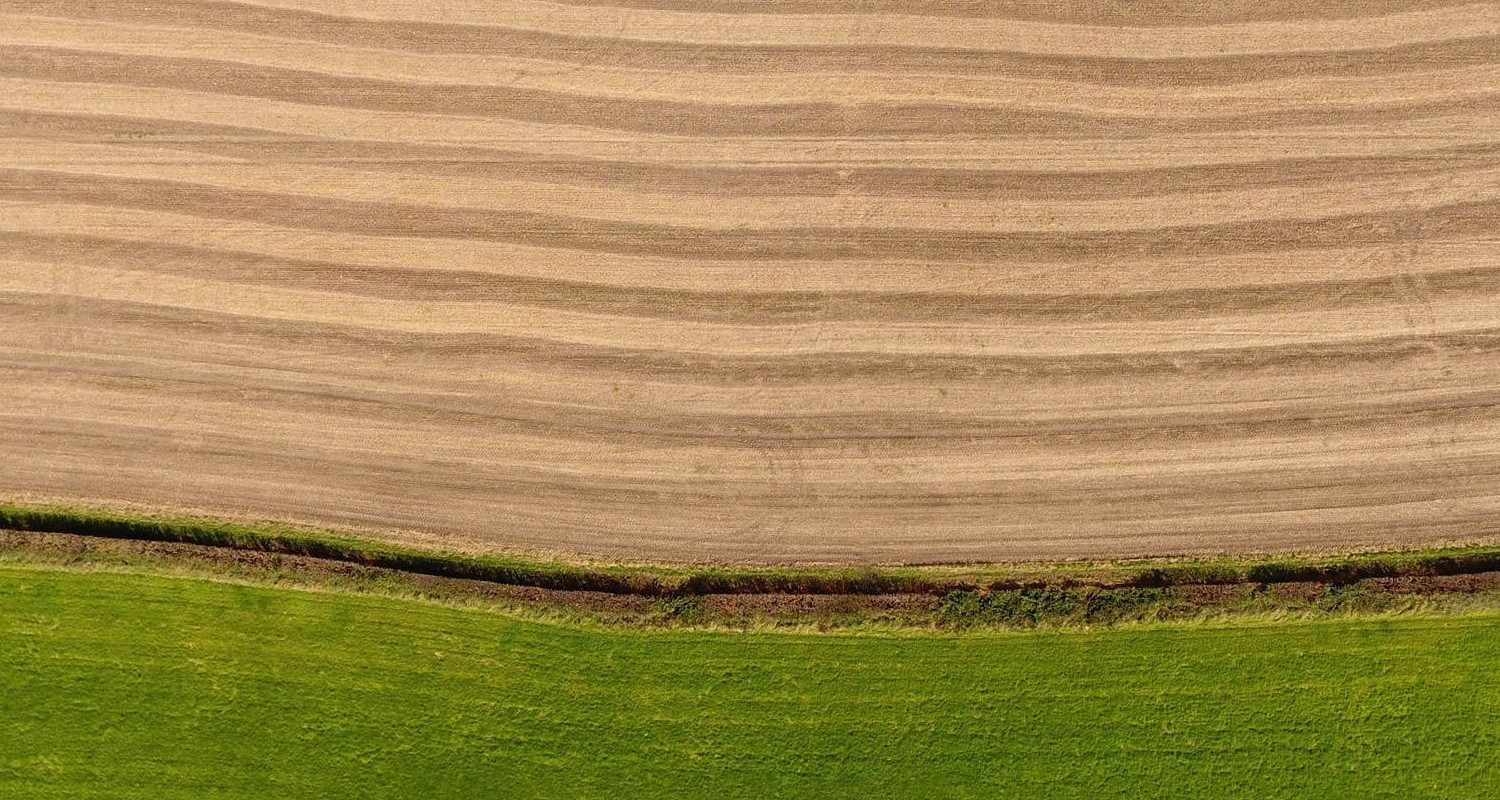About EO Data Coordination
The lack of coordination among EO-data sources has led to gaps in spatial and temporal coverage in key agricultural areas and during important periods of the agricultural growing season. Even when there is adequate spatiotemporal coverage, gaining access to these data can be impeded by lack of connectivity, computational, storage, and/or licensing. As such, one of the core activities of GEOGLAM is the coordination of Earth observation data. This includes:
- Fostering open communication and coordination with the Committee on Earth observation Satellites (CEOS) to ensure representation of agricultural requirements and acquisition requests to the world’s space agencies
- Characterization and quantification of observation requirements to derive agricultural variables
- Definition of “Essential Agricultural Variables for GEOGLAM”
CEOS is a consortium of the world’s space agencies whose role is to coordinate and harmonize Earth observations to make it easier for the user community to access and utilize data. CEOS initially focused on interoperability, common data formats, the inter-calibration of instruments, common validation and inter-comparison of products. CEOS now focuses on validated requirements levied by external organizations and continues its role as the primary forum for international coordination of space-based Earth observation missions.
CEOS is a critical partner of the GEOGLAM program. The CEOS Ad Hoc Working Group on GEOGLAM was established in 2012 by CEOS to respond to the space-based Earth observation (EO) data needs established by GEOGLAM under its EO Data Coordination Initiative. From 2013-2015, the Ad Hoc Working Group annually prepared a CEOS Strategic Response to GEOGLAM Requirements document, for CEOS Plenary’s endorsement, which focused on EO data acquisition only. Beginning in 2015, the activities of the group broadened to cover more activities, including fostering strategic relationships and promoting and facilitating data access, data availability, and data utilization. A full scope of the AHWG’s work can be found here.
CEOS agencies have helped make agricultural monitoring possible, and at the same time GEOGLAM has helped to bring relevance to the investments in space based EO missions. Working together our communities have effectively delivered and surpassed the original G20 policy mandate on market volatility, with recent coordination on the 2030 Agenda for Sustainable Development and its constituent Goals (SDGs).















 The “Data to Decisions” Cycle for GEOGLAM, which is guiding the work of GEOGLAM in general and the GEOGLAM EAV working group in particular. The decision support needs drive the information and data required, and the data is processed and converted gradually into the knowledge that supports sustained decisions. At left, the primary actors for each stage in the cycle are identified, however, all steps are integrated and connected.
The “Data to Decisions” Cycle for GEOGLAM, which is guiding the work of GEOGLAM in general and the GEOGLAM EAV working group in particular. The decision support needs drive the information and data required, and the data is processed and converted gradually into the knowledge that supports sustained decisions. At left, the primary actors for each stage in the cycle are identified, however, all steps are integrated and connected.
